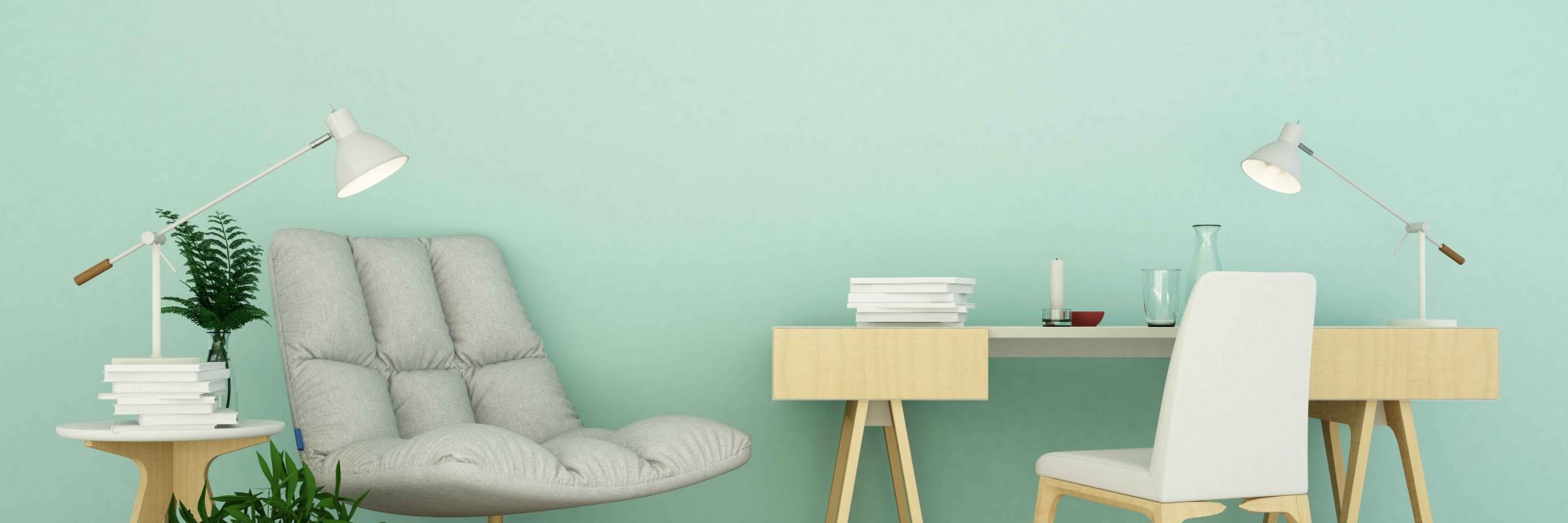Grasping The Art Of Interior Paint: Step-By-Step Tips For A Polished And Specialist Result
Grasping The Art Of Interior Paint: Step-By-Step Tips For A Polished And Specialist Result
Blog Article
Article Writer-Reddy Boesen
When it pertains to achieving a professional do with your indoor paint task, attention to detail is vital. From choosing the right paint and devices to carrying out the painting procedure meticulously, each action plays an essential function in the last result. Nevertheless, there is one aspect often ignored but important for a flawless coating-- the importance of correct air flow during the painting process. This usually undervalued element can significantly affect the overall quality of your paint task. Interested to understand even more regarding how ventilation can elevate your painting results?
Selecting the Right Paint and Equipment
Wondering which paint and devices are best for your interior painting job? When it involves choosing the ideal paint, take into consideration factors like the kind of surface area you're repainting, the preferred finish, and the color choices available. For wall surfaces, a latex paint is typically the very best choice as a result of its resilience, simple cleaning, and quick drying time. If you're painting a high-traffic location like a corridor or kitchen area, a semi-gloss or satin finish may be preferable as they're easier to cleanse.
When it comes to devices, buying high-quality brushes and rollers can make a substantial distinction in the final end result of your paint task. Search for brushes with dense bristles that appropriate for the kind of paint you're using. Roller covers been available in various snooze sizes, with shorter naps being optimal for smooth surface areas like walls and ceilings, while longer naps are much better for distinctive surfaces.
Readying Your Area for Painting
To guarantee a successful interior paint project, correct prep work of your area is important. Beginning by getting rid of furnishings from the room or relocate to the center and covering it with plastic sheets. Next off, remove any decors, switch over plates, and electrical outlet covers. Use painter's tape to protect baseboards, trim, and any areas you don't wish to repaint. Fill openings and cracks in the wall surfaces with spackling compound, then sand them smooth as soon as dry. Dust and clean the walls to ensure proper paint bond.
After preparing the wall surfaces, set ground cloth to safeguard your floorings. If you're painting the ceiling, cover the whole flooring area with drop cloths, protecting them in place with painter's tape. Make certain appropriate ventilation by opening windows or making use of fans to aid with drying and to minimize the fumes. https://cabinetpaintersnearme67766.boyblogguide.com/34512908/thinking-of-bringing-on-a-paint-service-provider-watch-for-possible-warnings-to-sidestep-project-issues-and-make-sure-every-little-thing-goes-efficiently but not least, collect all your paint supplies in one place to have everything you require accessible. Making the effort to prepare your space will certainly make the painting process smoother and help you attain a professional finish.
Executing the Paint Process
Begin by selecting the ideal paint shade and coating for the area you're repainting. Consider the state of mind you want to produce and how all-natural light influences the shade throughout the day. When you have your paint, gather high-grade brushes, rollers, painter's tape, and ground cloth. Prior to beginning, guarantee the wall surfaces are tidy and dry.
Start by cutting in the sides of the wall surfaces and around trim with a brush. After that, utilize a roller to cover bigger locations, working in little areas. Bear in mind to preserve a damp side to avoid visible lap marks. Apply a 2nd layer for a specialist coating, if needed.
When painting paint house and trim, utilize a smaller brush for accuracy. Job methodically, applying slim, even coats. Remove the painter's tape while the paint is still a little wet to stop peeling.
Enable the paint to completely dry totally before relocating furnishings back into area. Take your time and focus on detail for a perfect finish that will certainly transform the appearance of your room.
Verdict
Since you have complied with these detailed pointers for repainting your interior, you're well on your way to accomplishing an expert surface.
By picking the best paint and devices, preparing your room appropriately, and carrying out the painting procedure with treatment, you can change your home into a perfectly repainted space.
Keep in mind to take your time and enjoy the process for the best outcomes. Pleased painting!
